Advertising has always been a mirror reflecting the values, beliefs, and social norms of its time. Looking back at vintage advertisements from the 1940s through the 1970s reveals marketing approaches that would make modern consumers do a double-take. These advertisements, once considered perfectly normal, now appear shockingly tone-deaf, scientifically absurd, or downright comical when viewed through our contemporary lens.
1. Doctors Recommending Cigarette Brands

Perhaps nothing exemplifies changing attitudes like the infamous cigarette ads featuring physicians enthusiastically endorsing tobacco products with slogans like “More Doctors Smoke Camels Than Any Other Cigarette.” These advertisements, which ran in respected magazines throughout the 1940s and 1950s, showed doctors in white coats confidently recommending specific cigarette brands as their personal choice. The campaigns went so far as to claim health benefits, with marketing copy suggesting that certain cigarettes were soothing to the throat or wouldn’t cause “throat irritation.” History even writes that working with doctors was a big part of a cigarette company’s business strategy.
The ubiquitous “I’d Walk a Mile for a Camel” ads and the Marlboro Man campaigns transformed smoking into symbols of independence and sophistication rather than health hazards. Tobacco companies invested heavily in creating a scientific veneer around their products, with advertisements referencing vague “tests” proving their brands were somehow healthier than competitors. The stark contrast between these promotional claims and our current understanding of smoking’s deadly effects makes these advertisements particularly jarring to modern viewers, especially considering how trusted medical professionals were enlisted to sell harmful products.
2. Kellogg’s Suggesting Women Stay Slim to Keep Husbands

Breakfast cereal marketing in the 1950s often ventured beyond nutritional benefits into uncomfortable territory regarding marriage dynamics, with Kellogg’s leading the charge. One particularly cringe-worthy ad showed a husband looking disapprovingly at his wife with text suggesting that women needed to “keep slim to keep him” by eating Kellogg’s cereal instead of indulging in a hearty breakfast. The advertisement unabashedly played on women’s insecurities, implying that marriage stability depended primarily on wives maintaining their figures rather than any qualities of character or companionship. History writes that the history of cereal as a whole was positively transformative for America as a whole, and now we see another season why.
These ads presented weight management not as a personal health choice but as a marital obligation for women concerned about husband retention. The marketing approach reflected broader societal attitudes reducing women’s value to their appearance and ability to attract or maintain male approval. When viewed today, these advertisements reveal how openly companies once exploited gender-based anxieties and promoted unhealthy relationship dynamics as normal aspects of married life.
3. Lysol Marketing Itself as Feminine Hygiene Product
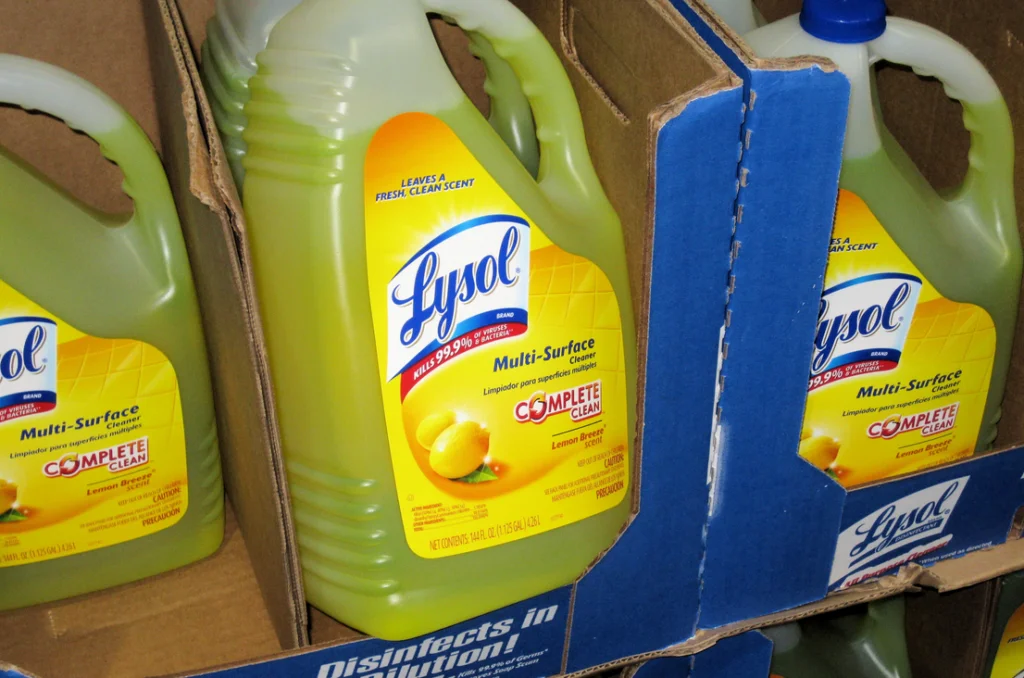
In one of advertising history’s most shocking pivots, Lysol disinfectant aggressively marketed itself as an intimate feminine hygiene product for decades, with ads appearing in women’s magazines from the 1920s through the 1960s. These advertisements featured concerned wives worried about “marital happiness” with heavily coded language suggesting that personal odor might drive husbands to infidelity or cause romance to fade. The caustic disinfectant – the same product used to clean toilets and floors – was recommended for regular intimate use despite being harsh enough to cause chemical burns. According to Smithsonian Magazine, there was another use Lyson promoted to women.
These ads exploited women’s insecurities while reinforcing the idea that wives bore complete responsibility for maintaining marital harmony. Using euphemisms like “feminine daintiness” and “married happiness,” the company marketed a household cleaner for intimate use long before product safety regulations existed. Medical historians later revealed these ads served a double purpose – while ostensibly marketing feminine hygiene, Lysol was also being subtly promoted as birth control in an era when directly advertising contraception was illegal.
4. 7-Up Recommending Mixing with Milk for Babies
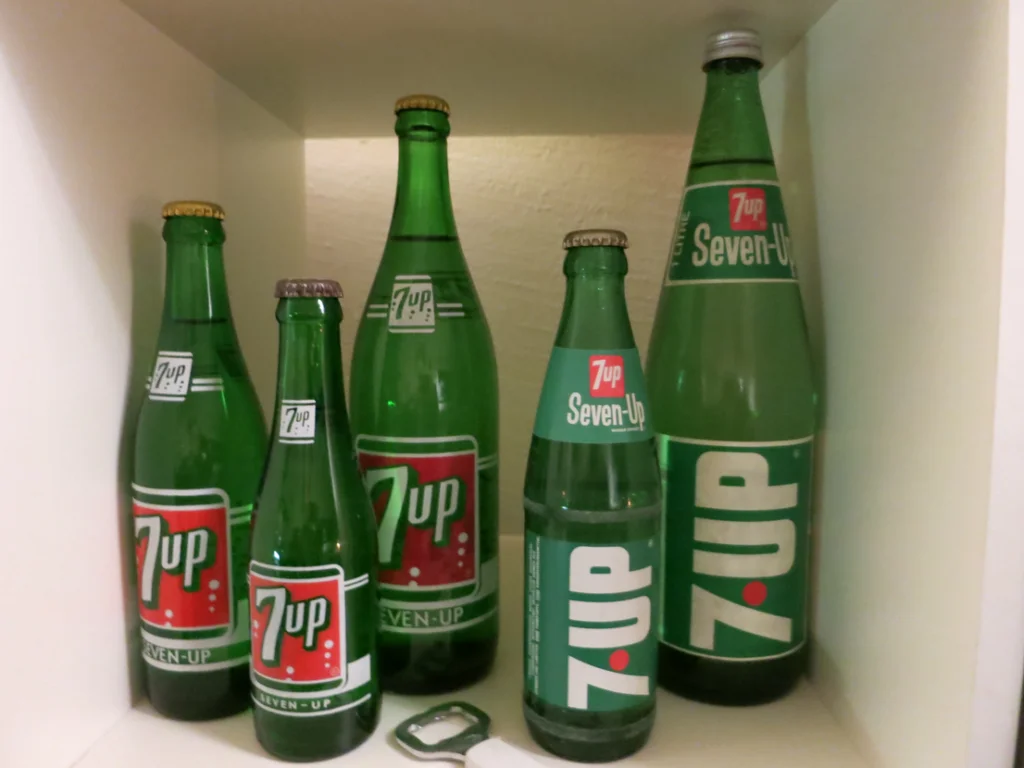
In a marketing approach that would horrify modern pediatricians, 7-Up ran advertisements in the 1950s suggesting parents add the sugary carbonated beverage to baby formula and bottles. One particularly memorable ad showed a happy baby with text explaining that 7-Up was “so pure, so wholesome” that even babies should consume it, with specific instructions for mothers to add it to milk in baby bottles. The advertisement claimed this concoction would help settle upset stomachs and make formula more palatable for infants as young as a few days old.
The campaign included bizarre serving suggestions like “add 7-Up to the milk in equal parts” alongside images of smiling babies allegedly enjoying this sweet, caffeinated mixture. References to 7-Up as “the all-family drink” reinforced the idea that no age was too young to start consuming soda, while medical claims suggested it could help with digestive issues. This campaign represents one of the most striking examples of how food and beverage marketing operated before nutritional awareness and truth-in-advertising standards significantly tightened.
5. Volkswagen’s Brutally Honest “Lemon” Campaign

Breaking every rule of conventional advertising, Volkswagen launched what would become an iconic campaign in 1959 with a full-page advertisement showing their Beetle car alongside a single word: “Lemon.” The startling headline referred to a car that failed to pass the company’s inspection process, with body copy explaining VW’s rigorous quality control standards. In an era when American car advertisements featured hyperbolic claims about luxury and power, VW’s self-deprecating approach admitting that imperfect cars existed was revolutionary and refreshingly honest.
This campaign, developed by the Doyle Dane Bernbach agency, transformed advertising by embracing minimalism, honesty, and even negative terminology as a way to build consumer trust. Additional headlines like “Think Small” directly contradicted the American automotive industry’s “bigger is better” approach during the tail-fin era. What makes these advertisements hilarious in retrospect isn’t that they were misguided, but rather how shockingly effective their counterintuitive approach proved to be – changing advertising forever while helping a German car company succeed in post-war America.
6. Coppertone’s Infamous Dog and Little Girl Beach Scene

Few vintage advertisements are as instantly recognizable as Coppertone’s “Tan Don’t Burn” campaign featuring a small pigtailed girl having her swimsuit pulled down by a mischievous dog, revealing a stark tan line. First appearing in 1959, this image became the company’s primary marketing visual for decades, appearing on billboards, magazine ads, and store displays nationwide. The character, known as “Little Miss Coppertone,” became so embedded in American culture that many beach towns featured large mechanical displays where the dog’s head would move back and forth while pulling at the girl’s swimsuit.
What seemed charming and innocent in the 1960s reads very differently through contemporary understanding of appropriate depictions of children. The original artwork by Joyce Ballantyne featured an even more revealing pose than later versions, which were gradually modified over decades as societal standards evolved. The campaign’s longevity – it remained in use with variations until the early 2000s – demonstrates how slowly advertising standards sometimes adapt to changing cultural sensibilities around childhood imagery.
7. Pitching DDT as Family-Safe with “DDT is Good For Me-e-e!”
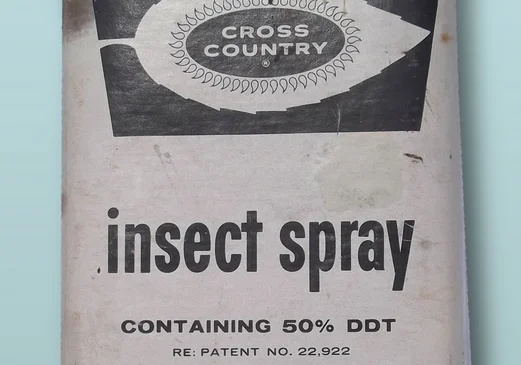
Before its environmental impacts were understood, DDT was marketed as a miracle insecticide safe enough for direct household use around children and pets. A particularly memorable 1947 advertisement in Time magazine showed happy housewives spraying DDT directly on wallpaper and furniture, with copy promising it would “keep your house free from disease-carrying insects.” The campaign reached peak surrealism with promotional materials featuring cartoon characters and the slogan “DDT is Good For Me-e-e!” alongside images of children in homes being actively sprayed.
Advertising emphasized how DDT powder could be sprayed in kitchens around food, on pets, and even directly on children to prevent lice – all presented as modern scientific advancements in home hygiene. Companies manufactured DDT wallpaper specifically for children’s rooms, promoting it as a health benefit rather than a hazard. When Rachel Carson’s “Silent Spring” eventually exposed DDT’s devastating environmental effects in 1962, these advertisements became stark reminders of how thoroughly marketing can normalize products later revealed to be harmful.
8. Cocaine Toothache Drops for Children

While predating most boomers’ personal memories, advertisements for cocaine-containing medicines remained in circulation as curiosities and were commonly displayed in pharmacies well into the 1950s. One particularly notorious example, “Mrs. Winslow’s Soothing Syrup,” promised parents relief from children’s teething pain through what was essentially liquid cocaine and morphine. The advertisements featured blissfully sleeping babies with slogans like “Quiets the Nerves” and “Children Cry For It,” promoting products that quite literally sedated children through now-controlled substances.
These products represented the tail-end of the patent medicine era when narcotic ingredients were unregulated and commonly included in everyday healthcare products. Similar advertisements for cocaine toothache drops featuring cheerful children became iconic examples of how dramatically pharmaceutical standards have changed. The vintage packaging and advertisements for these products became collectibles during the boomer years, often displayed in drug stores as humorous reminders of how casually dangerous substances were once marketed directly to parents for use on children.
9. Gillette Promoting “Mad Men” Style Sexism
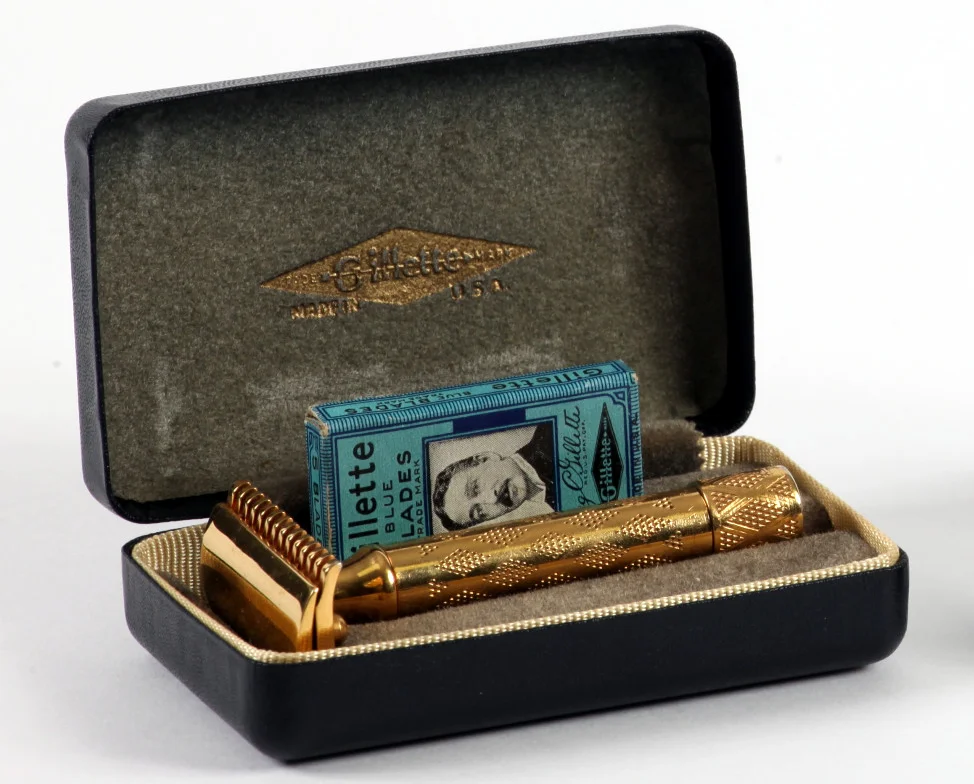
Gillette’s advertising campaigns throughout the 1950s and 1960s frequently positioned their razors and men’s grooming products as tools for gaining female attention and approval, with advertisements that appear comically sexist by today’s standards. One particularly memorable campaign featured illustrations of women swooning over closely shaven men alongside copy suggesting that proper grooming entitled men to women’s admiration. The tagline “How to rate with the ladies… be smooth to the touch!” appeared alongside images of women literally inspecting men’s faces for acceptable smoothness.
These advertisements frequently positioned women as rewards for proper male grooming, with copy suggesting that razor selection had direct impact on romantic success. Magazine spreads showed women gazing adoringly at men using Gillette products, with speech bubbles containing text like “I can’t resist a man who shaves with Gillette!” The unsubtle messaging positioned women as uniformly obsessed with men’s shaving routines and willing to base relationship decisions primarily on grooming product choices.
10. Ovaltine’s “Skinny Girls Worry Husbands” Campaign

The malted milk drink Ovaltine ran a particularly memorable advertising campaign in the 1950s targeting women with the message that thinness was unattractive and potentially marriage-threatening. One notorious advertisement showed a slender woman looking concerned alongside copy warning that “skinny girls worry husbands” because men allegedly preferred women with “glamorous curves.” The advertisements positioned weight gain as necessary for romance, directly contradicting countless other campaigns suggesting women needed to lose weight to remain attractive.
These advertisements presented “skinny” as a problem requiring medical intervention, with pseudo-scientific claims about metabolism and “tired blood.” The campaign suggested daily Ovaltine consumption would help develop “the kind of curves that men admire,” reducing women’s bodies to objects requiring modification for male approval. The contrast between these advertisements and the concurrent diet-focused campaigns from other companies highlights the contradictory beauty standards women navigated, with both thinness and weight gain simultaneously presented as romantic necessities.
11. Tipalet Cigarettes’ “Blow in Her Face” Advertisement

Perhaps no vintage advertisement more perfectly captures bygone attitudes toward gender relations than Tipalet cigarettes’ infamous “Blow in Her Face and She’ll Follow You Anywhere” campaign from the late 1960s. This advertisement featured a man blowing cigarette smoke directly into a woman’s face, with her responding with an expression meant to convey attraction rather than irritation. The advertisement presented harassment as a seduction technique, suggesting that women found secondhand smoke not annoying but mysteriously alluring.
The campaign didn’t subtly imply this connection – it explicitly instructed men to blow smoke at women as an effective pickup strategy. Multiple variations appeared in men’s magazines throughout the late 1960s, each presenting women as helplessly attracted to men who subjected them to secondhand smoke. Beyond the obvious health implications, these advertisements remain shocking for their casual endorsement of behavior that would today be considered both rude and inappropriate.
12. Kenwood Chef Mixer’s “The Chef Does Everything But Cook” Campaign
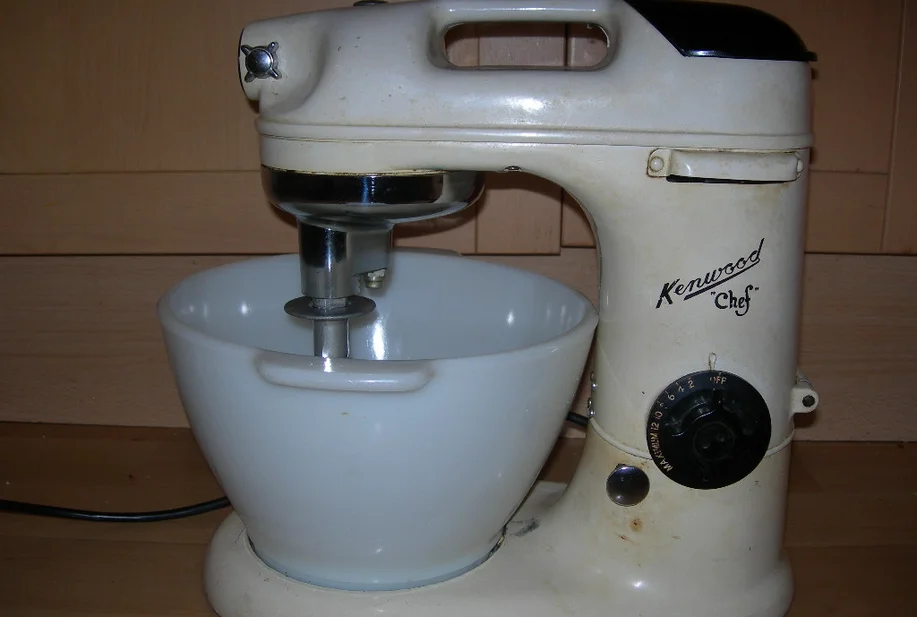
Kitchen appliance manufacturer Kenwood created advertising history with their 1960s campaign featuring women in pearls and cocktail dresses joyfully receiving mixer appliances as gifts. The most notorious advertisement in this series featured a woman in an evening gown embracing a kitchen mixer with the headline “The Chef Does Everything But Cook – That’s What Wives Are For!” The advertisement positioned kitchen appliances as appropriate anniversary gifts, suggesting that cooking remained exclusively women’s work regardless of other societal changes.
This campaign doubled down on gender role stereotypes during a period when they were beginning to be questioned, presenting kitchen appliances as female-specific products rather than household tools. The advertisements frequently showed men presenting these appliances to delighted wives, reinforcing the idea that women’s primary domain remained the kitchen. The suggestion that cooking was an obligation specifically tied to marriage rather than a general household responsibility makes these advertisements particularly anachronistic when viewed through contemporary standards.
Looking back at these advertisements provides more than just humor – they offer fascinating glimpses into how quickly social standards can evolve. What once appeared as normal marketing now seems so outlandish that modern viewers might initially mistake them for parodies. While contemporary advertising certainly continues to reflect current biases and may well appear equally dated decades from now, these vintage advertisements serve as remarkable time capsules of changing attitudes toward health, gender, parenting, and consumer protection over just a few generations.


